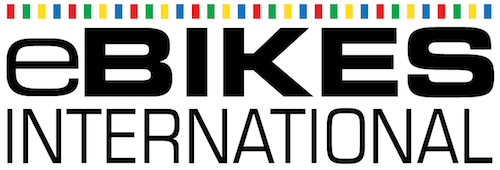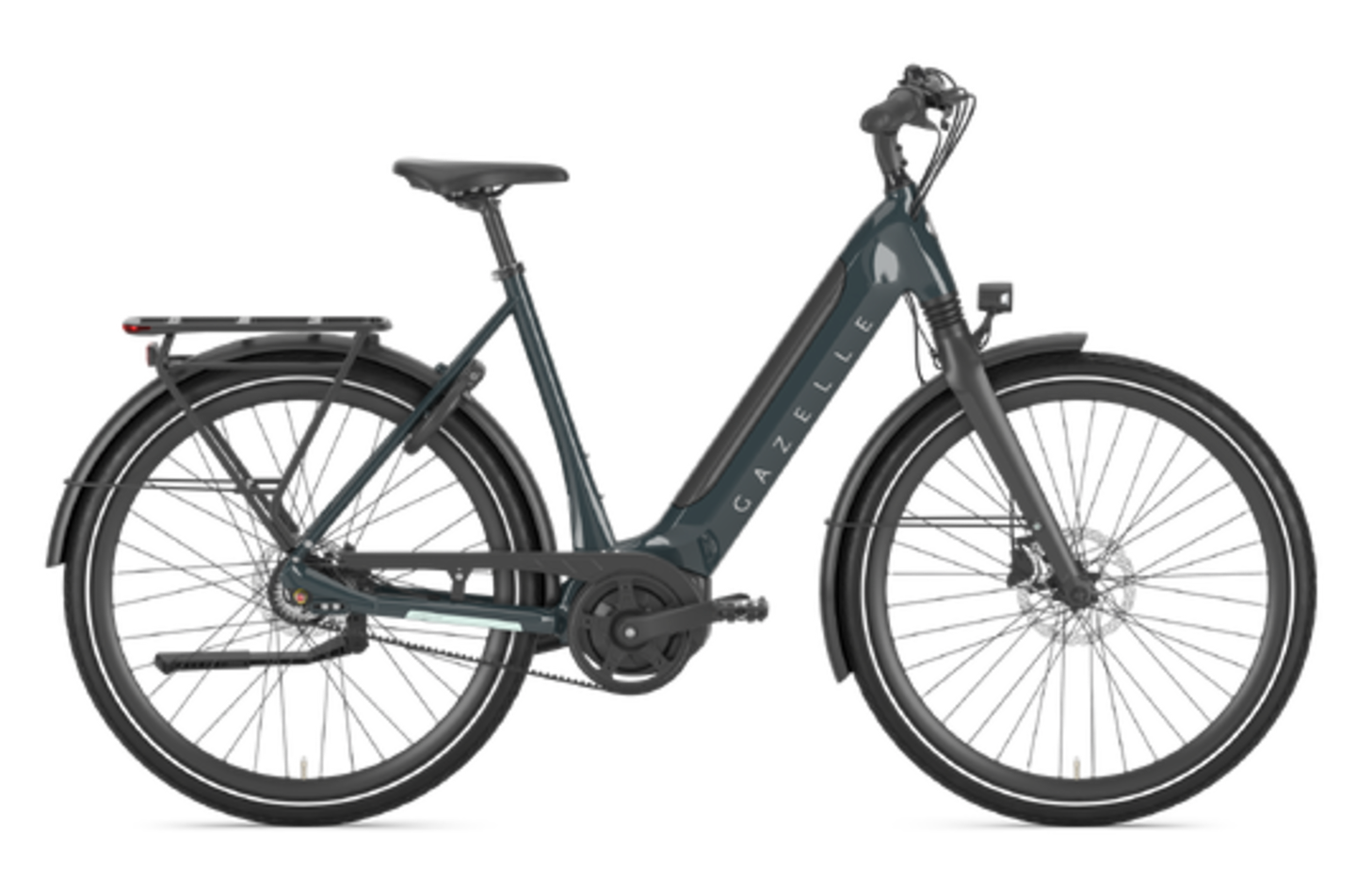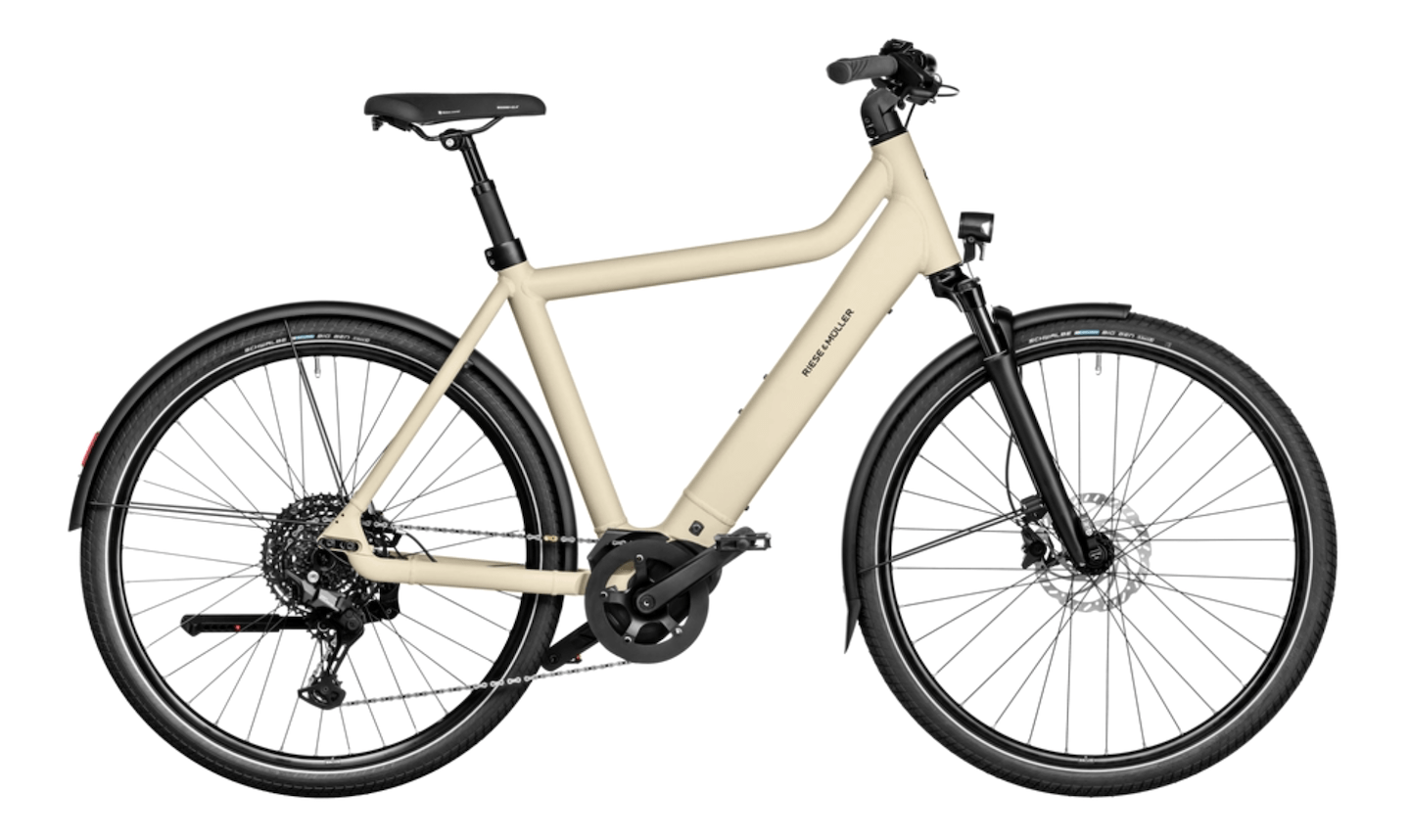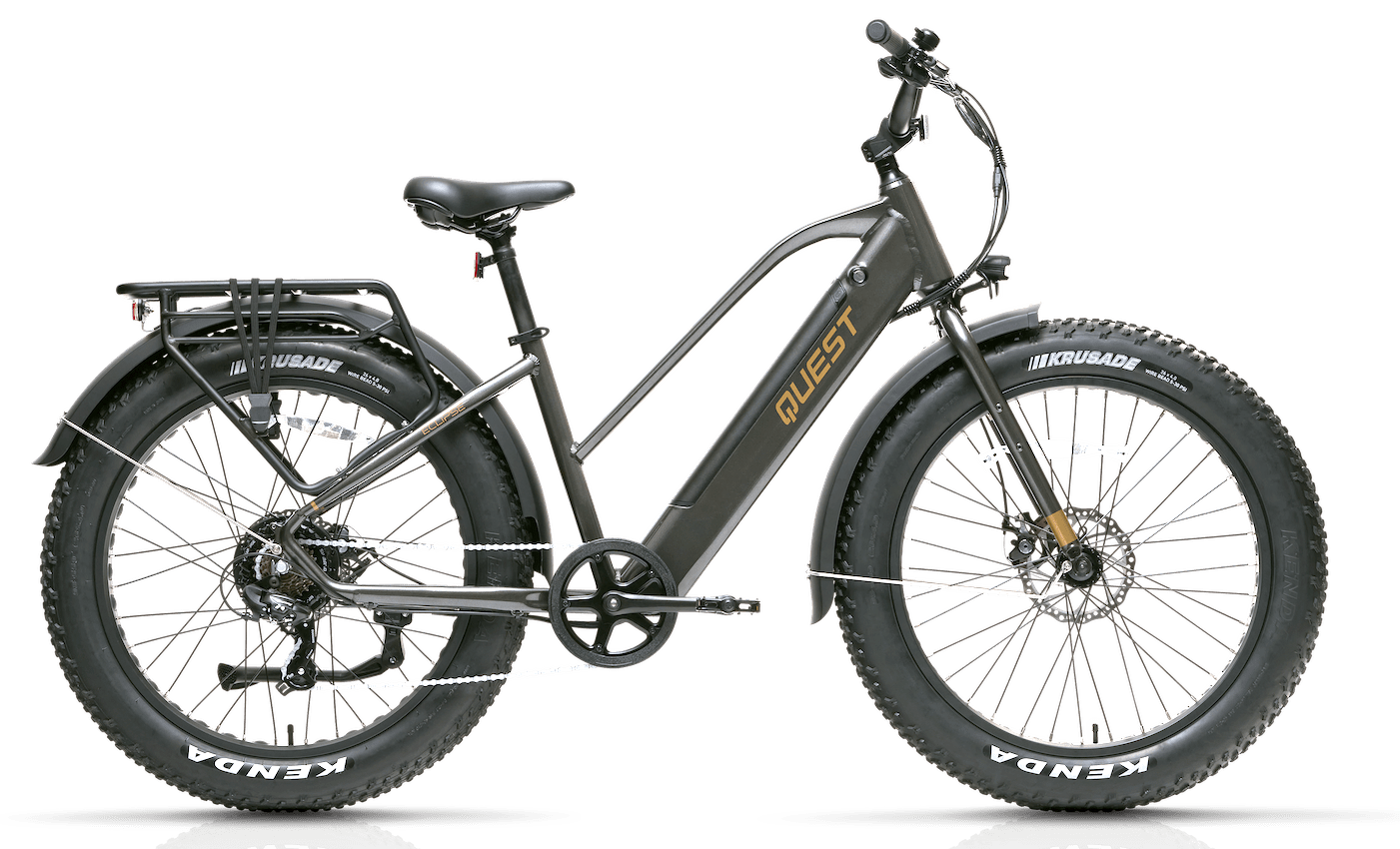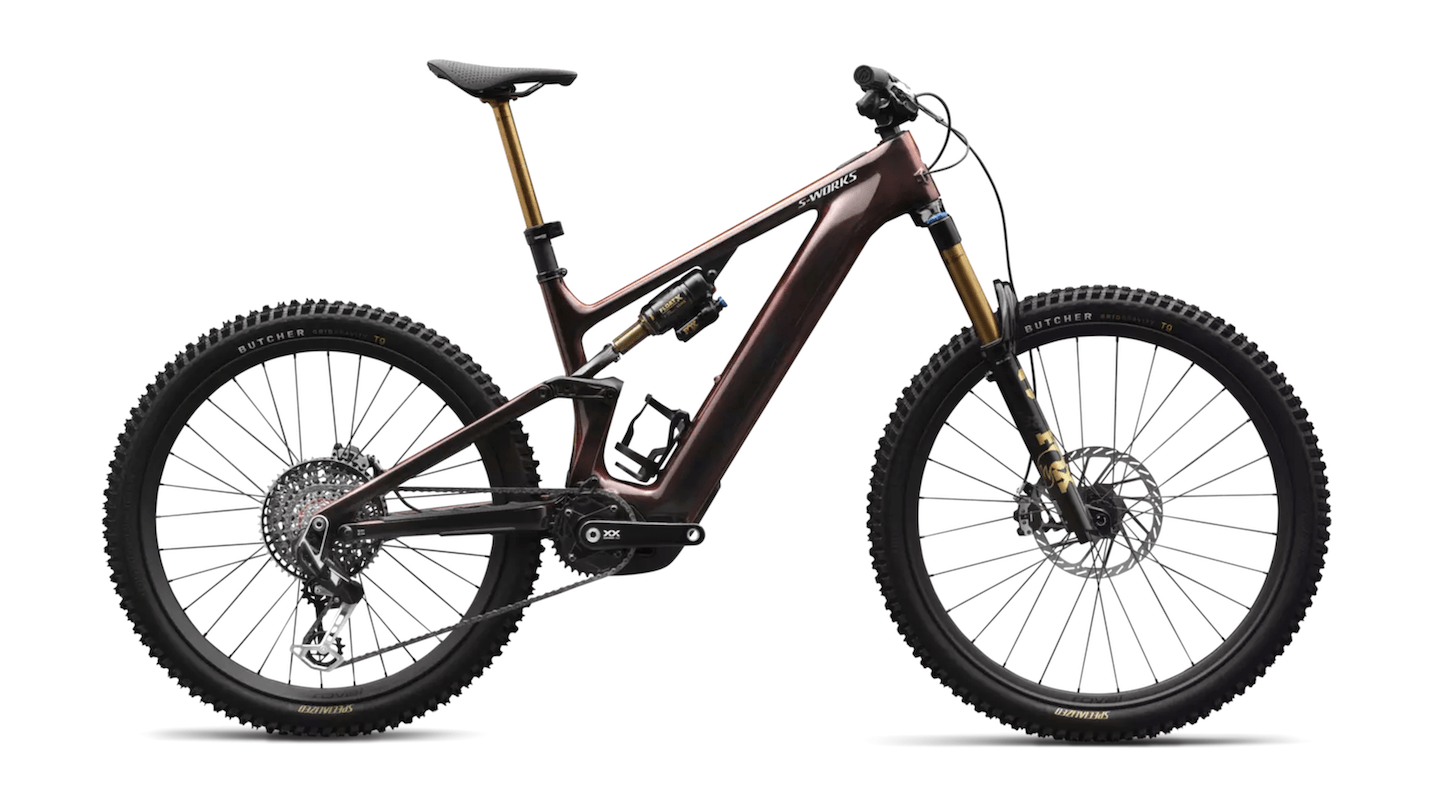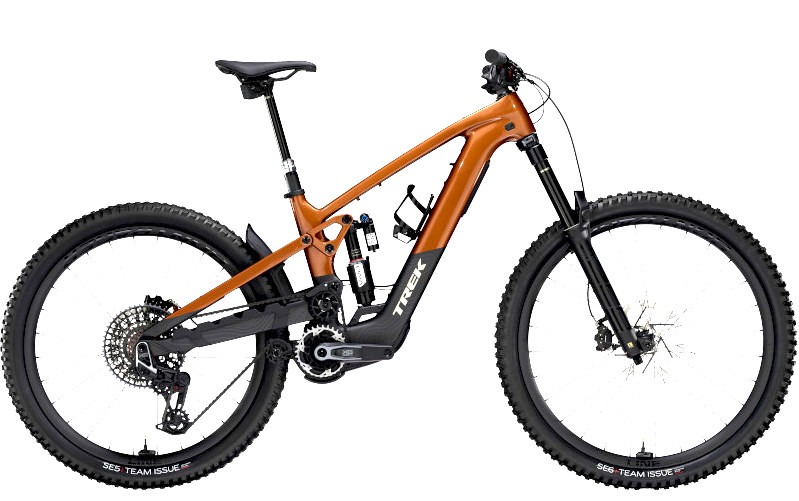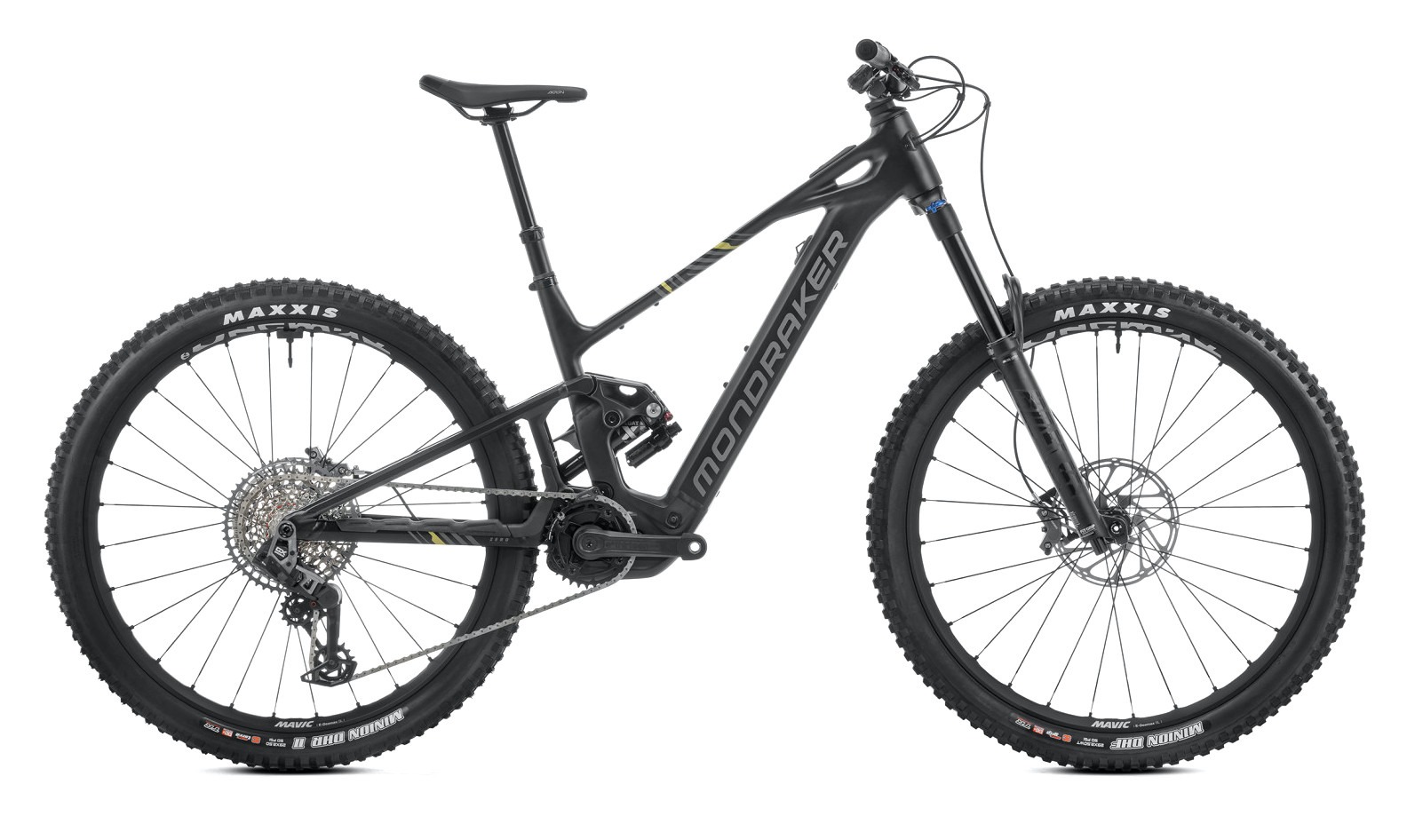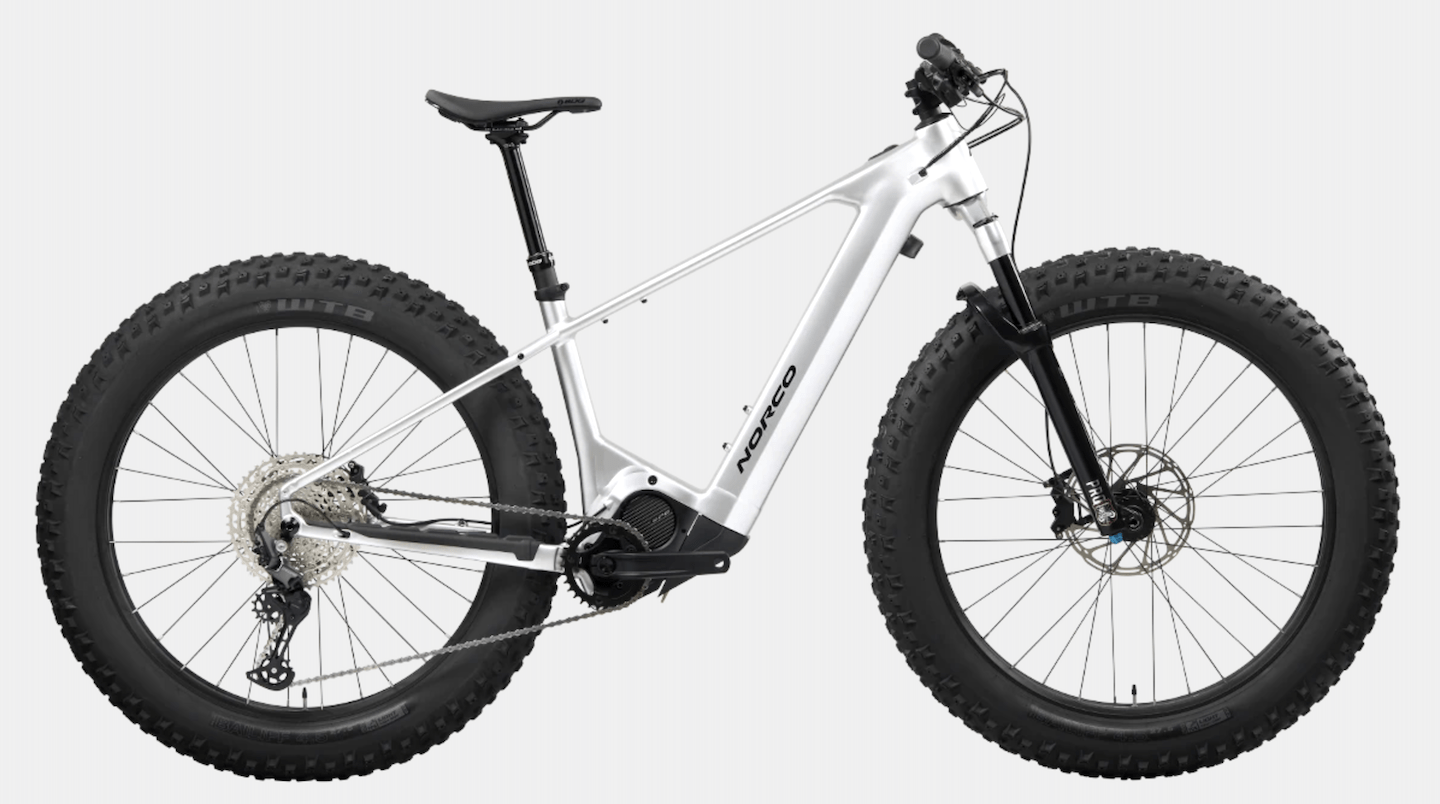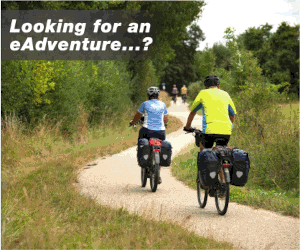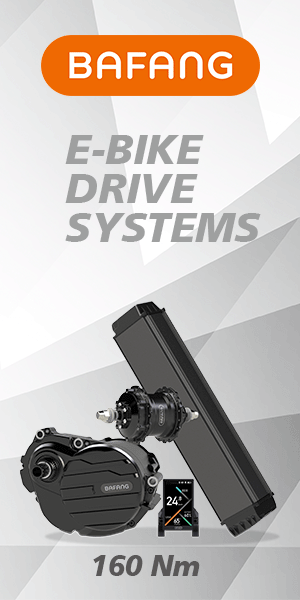February 4, 2025 - On Jan. 22 the Winter Cycling Federation (WCF) hosted IceBreaker 2025, an online presentation of news, ideas, reports, programs, initiatives, best practices and more in the world of winter cycling around the globe.
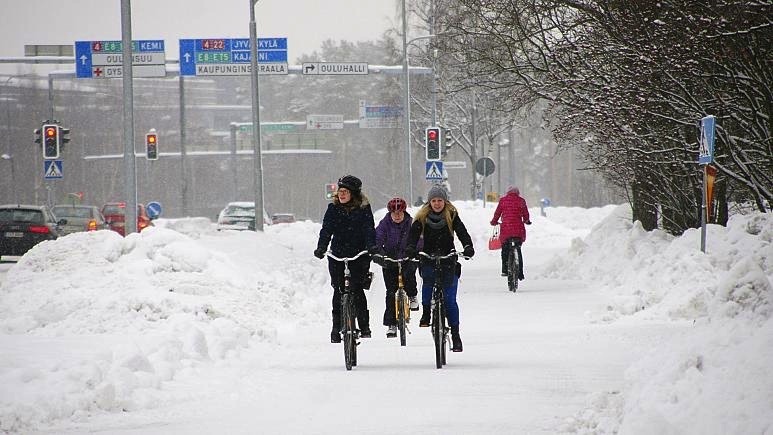
Founded in 2014, the WCF is an international non-profit, dedicated to achieving more and better winter cycling, in communities around the globe.
As the Winter Cycling Congress is now held every two years – the next event will be in 2026 – the organization is keeping the wheels of winter cycling turning during the “off” years with online events. This year’s Icebreaker saw 145 registrants and 70-100 attendees from as far away as Tokyo.
Following a brief introduction by Petra Nečasová, WCF Communications Coordinator, IceBreaker 2025 got underway – here’s a brief snapshot of the event with a link to the full presentation below.
Harri Vaarala, a Project Engineer in charge of cycling for the City of Oulu in Finland, presented “What’s going on in the winter cycling capital of the world,” where he lives and works.
Vaarala spoke about the latest developments in Oulu regarding infrastructure with a focus on cycling super highways that see as many as 5-6,000 cyclists daily in the summer and 1.5-2,000 cyclists in the winter – the overall average is about 2,200 riders daily.
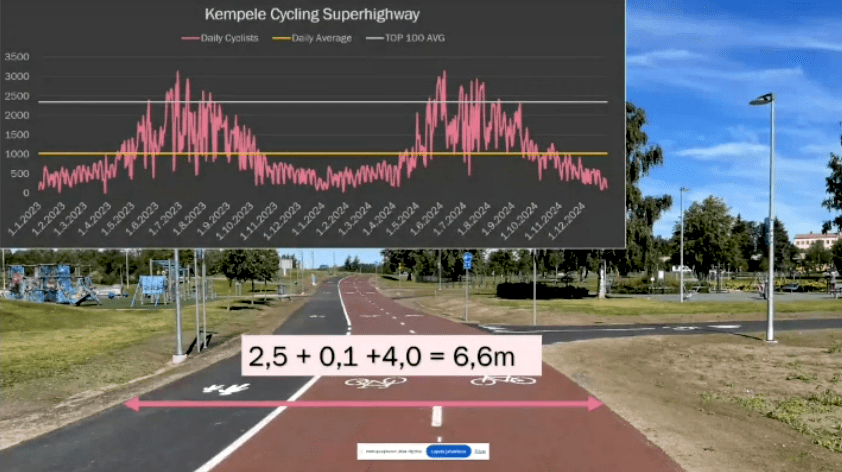
The cycling super highways range from 5.6 metres to 6.6 metres in width, and currently about 19 km have been built with an additional 22 km under construction. The cost to build super highways is around 6-700,000 Euros per kilometre vs 3-400,000 Euros for regular bike paths.
According to Vaarala the key ingredients for a winter cycling city, in order of importance, are Winter Proof Infrastructure, followed by Effective Winter Maintenance, and finally a Winter Cycling Culture. With proper infrastructure you can administer proper winter maintenance, which allows for a winter cycling culture to take hold and flourish.
Next up was Isla Tanaka, an urban planner from Edmonton, AB, who spoke about What’s new in Edmonton since the Winter Cycling Congress 2024. She noted that conference organizer, Ever Active Schools, also hosted a pre-conference event for school administrators, teachers and advocates for children’s activities, which has resulted in increased interest and success in kids cycling to school.
Edmonton already had a Bike Plan and was 10 years into a winter city cycling strategy so the conference helped the city showcase its progress and allowed city staff to connect with a wider community of professionals to exchange ideas about policy, infrastructure and maintenance.
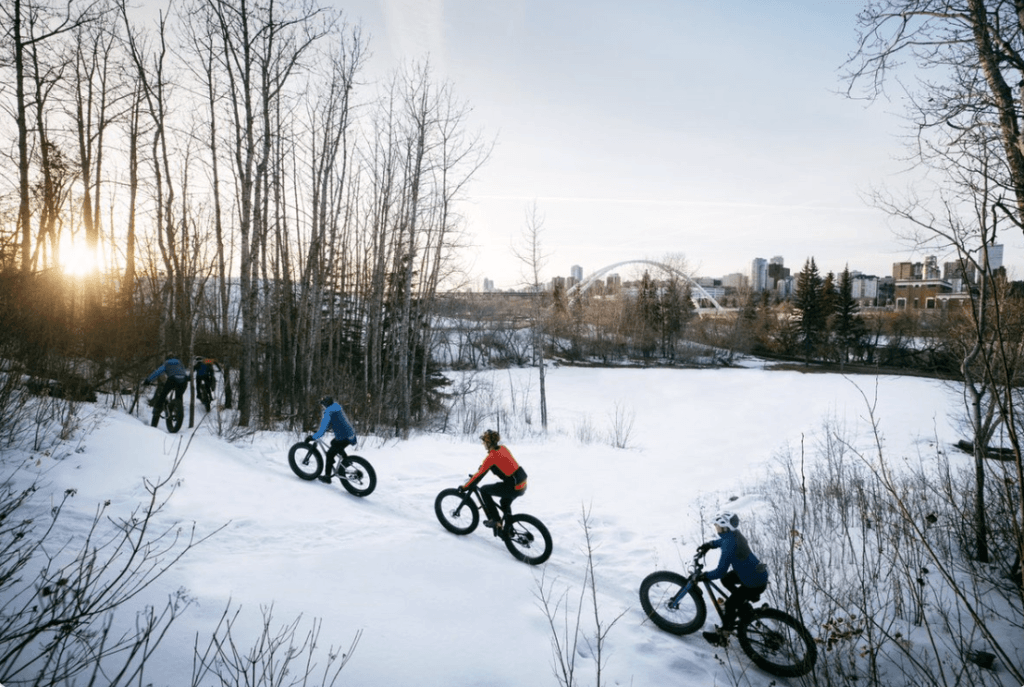
Over the past year the city has upgraded wayfinding signs along 14 key routes to include lots of great info such as type of path, distance etc., and plans to expand this initiative into 35 more neighbourhoods over the next three years.
A winter priority clearing route pilot program was initiated during the conference to have snow removed within 24h and connect a north-south city river route. The initiative is now part of the city’s online information web map and indicates snow removal status for users.
Construction of another 17km bicycle infrastructure was initiated in 2024 including new routes, while filling in connections with existing routes. An additional 53km is planned for 2026 and 2027.
Efforts are also underway to introduce cycling to new communities, and bike parking has been added to key business areas with over 250 bike racks installed. In addition, the City is also updating its Complete Streets Design Guidelines.
The next presenter was Johan Ratoavinarivo who gave an overview of Montreal Bixi’s winter pilot program now in its second year. Montreal Bixi was North America’s first bike share program and is currently the third largest system behind New York and Chicago, but boasts the second largest ridership.
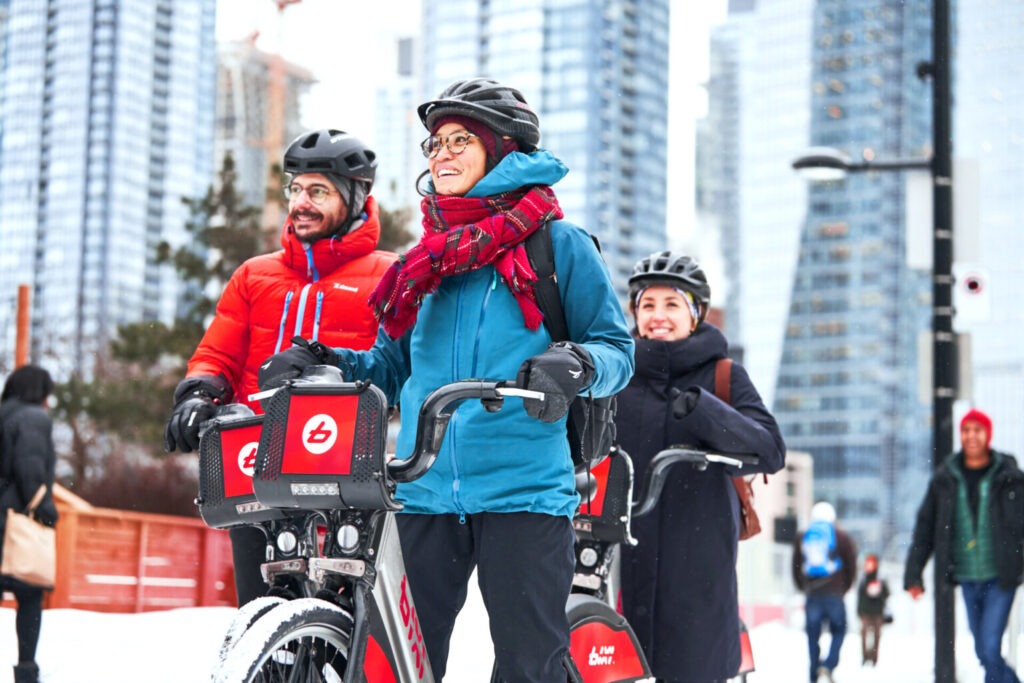
Last year saw a record-breaking 13 million rides as Montreal Bixi now has close to 900 stations, including the largest fleet of e-bikes in Canada. The daily average is up to a record 65,000 trips and 60% of these trips are for work purposes.
The winter pilot project was launched last year in seven boroughs and was designed to utilize parts of the Montreal’s bike path network that was already kept usable for the winter, along with proximity to subway stations. A total of 160 stations and 1,500 bikes were part of the pilot, and the bikes were are also winterized i.e. studded tires. No e-bikes were included for safety reasons as well as because of anticipated battery issues.
The first year of the pilot saw 737,771 trips overall with a daily average of 4,882 trips – 65% were first-time winter riders, no accidents were reported and rider satisfaction was high according to surveys that Montreal Bixi conducted.
In year two, three more boroughs were added with 206 stations and 2,000 bikes along with extending the availability of e-bikes into Dec. to test their performance. Halfway through the season, ridership is up 4% and frequency is up 7% over last year so overall the initiative is gaining momentum.
The final presentation talked about a new project, How to REALLY increase physical activity among children, that was presented by Timo Perälä, WCF President. The project was developed to promote and increase active travel among children and their parents while increasing awareness – only 27-33% of children reach recommended targets.
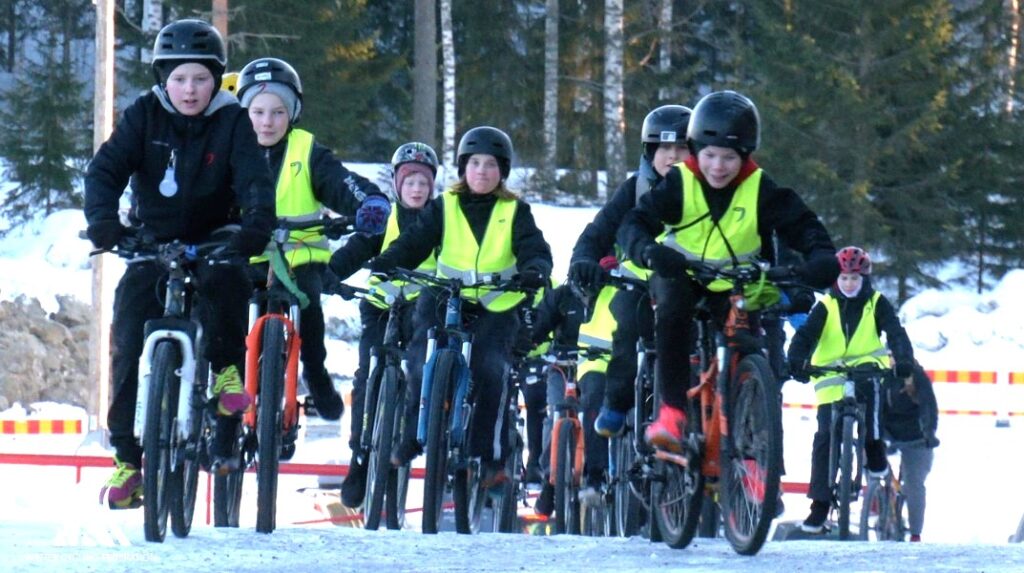
The target groups were low-income families that have few opportunities to access extracurricular programs, and helicopter parents who drive their kids everywhere.
Along with partners in Finland, Austria and Slovakia a number of field trips were organized to review shared experiences and best practices, and conduct research to produce two publications regarding the Benefits of Accessible and Inclusive Sports Facilities, and How to Promote Community Sports.
Research indicates that little is known about the activities of children beyond school while urban environments and sports service structures favour the use of private cars. Also the fun/play element, which drives most kids to participate, is not utilized nearly enough.
The first publication, 52 pages, is available and can be downloaded here while the second publication will be made available in February 2025.
Next up was a question/answer period, followed by Beefs/Bouquets facilitated by WFC Secretary, Anders Swanson from Winnipeg. Presenters from Toronto, Tartu, Rochester (NY), Minnesota, Calgary, and Tokyo etc. had 1-minute to provide info on latest developments or initiatives in their part of the world.
The conference wrapped up with a Live stream of WCF’s Pekka Tahkola on his ride through the streets of Oulu – watch above or here.
Watch the full IceBreaker 2025 conference here.
Read more about the Winter Cycling Federation here.

